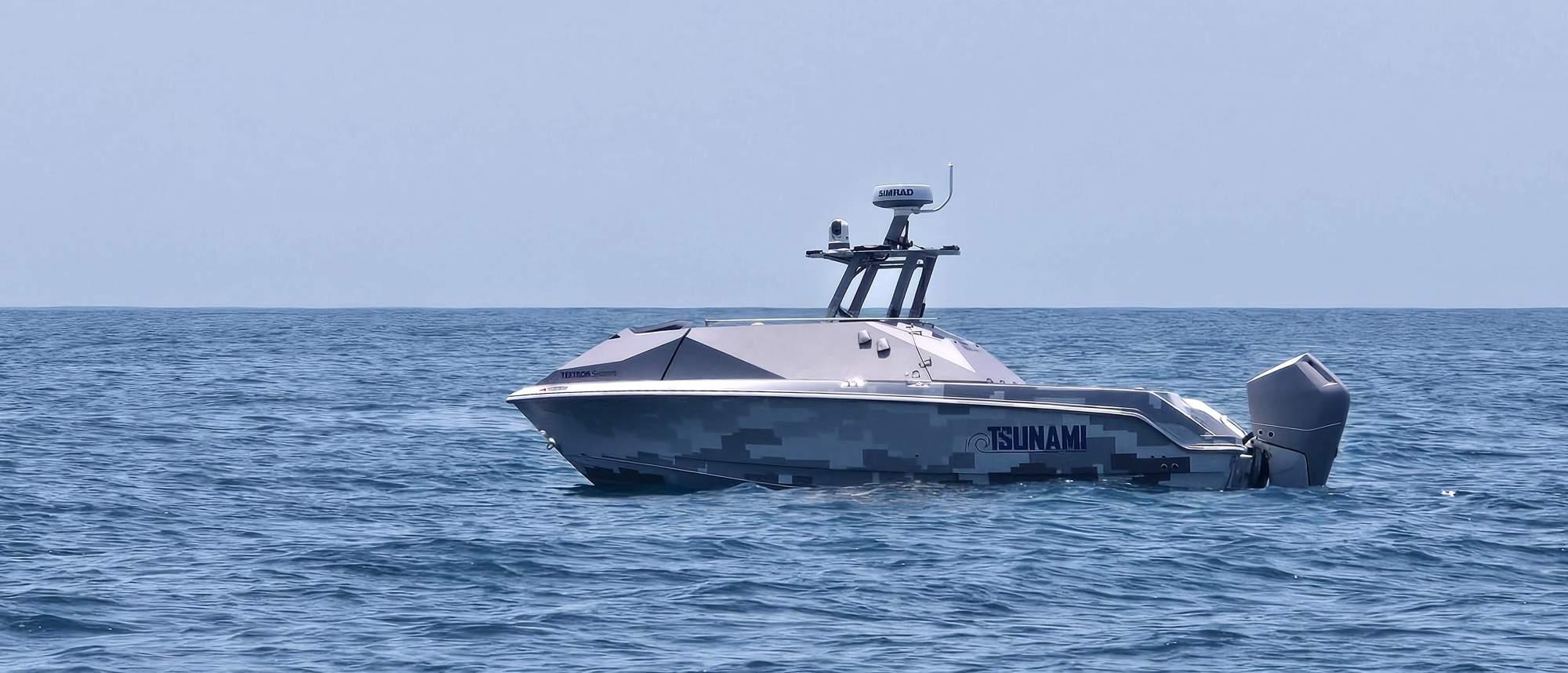
TSUNAMI™ Demonstrates Advanced Autonomy Integration in FLEX25
Recently, Textron Systems had the opportunity to showcase its groundbreaking unmanned maritime technologies during the Hybrid Fleet Campaign Event FLEX25 demonstration held in El Salvador, an event that united key stakeholders in the ongoing fight against illicit drug trafficking. At this event, Textron Systems played an essential role by successfully demonstrating advanced manned-unmanned teaming capabilities utilizing the innovative technology of the autonomous TSUNAMI™ vehicle, which are increasingly vital for the effectiveness of contemporary counter-narcotics operations.
During FLEX25, Textron Systems supported the U.S. Southern Command (SOCOM) and operated alongside regional partners, including the El Salvadorian Navy to display the operational readiness of next-generation unmanned platforms in real-world maritime scenarios. The exercise emphasized efforts to counter persistent drug trafficking challenges in the region, and at its core was Textron Systems’ TSUNAMI unmanned surface vessel, which was seamlessly integrated into a dynamic operational scenario.
The operation showcased TSUNAMI’s capabilities in real time, leveraging intelligence relayed from an airborne Textron Aviation Beechcraft King Air aircraft equipped with advanced radar systems. Guided by this information, TSUNAMI was tasked with intercepting a high-speed narcotics boat. This exercise demonstrated the vessel’s proficiency in receiving, processing, and acting upon remote data cues, engaging the target vessel swiftly and autonomously. The smooth transfer of data and coordinated engagement highlighted the significant potential of manned-unmanned teaming, where the King Air’s crew directed high-level surveillance while TSUNAMI and El Salvadorian Navy executed a joint MUM-T intercept on the water.
TSUNAMI also operated alongside other unmanned platforms, sharing surveillance and targeting information autonomously. This unmanned-unmanned teaming highlighted the force-multiplier effect that comes from integrating advanced autonomous systems—enabling greater coverage and improved response times in complex operational environments.
TSUNAMI showed effective interoperability across air and maritime domains, underscoring the transformative value of autonomous vessels that can integrate into existing joint operational frameworks. By employing high-fidelity radar data, secure communication links, and sophisticated mission autonomy, Textron Systems’ solution brought enhanced intelligence, speed, and accuracy to counter-narcotics missions.
This demonstration highlighted the critical capabilities that unmanned systems provide across unique mission sets including extended surveillance ranges, reduced operational risk to personnel, and an increased rate of interception against agile adversaries. As the maritime operational landscape evolves, and the complexity of security challenges continues to grow, these advanced capabilities promise to provide decisive advantages in maritime environments.
The success showcased at FLEX25 positions TSUNAMI as a critical enabler in continually evolving multi-domain operations. TSUNAMI is designed to be both scalable and affordable, capable of supporting a broad range of mission profiles, from maritime interdiction and intelligence gathering to persistent surveillance. Textron Systems remains committed to delivering innovative, adaptable, and cost-effective unmanned maritime solutions. As the nature of security threats continues to change, technology must evolve, and TSUNAMI is poised to set the standard for future operations. To learn more about TSUNAMI and its capabilities please visit here.